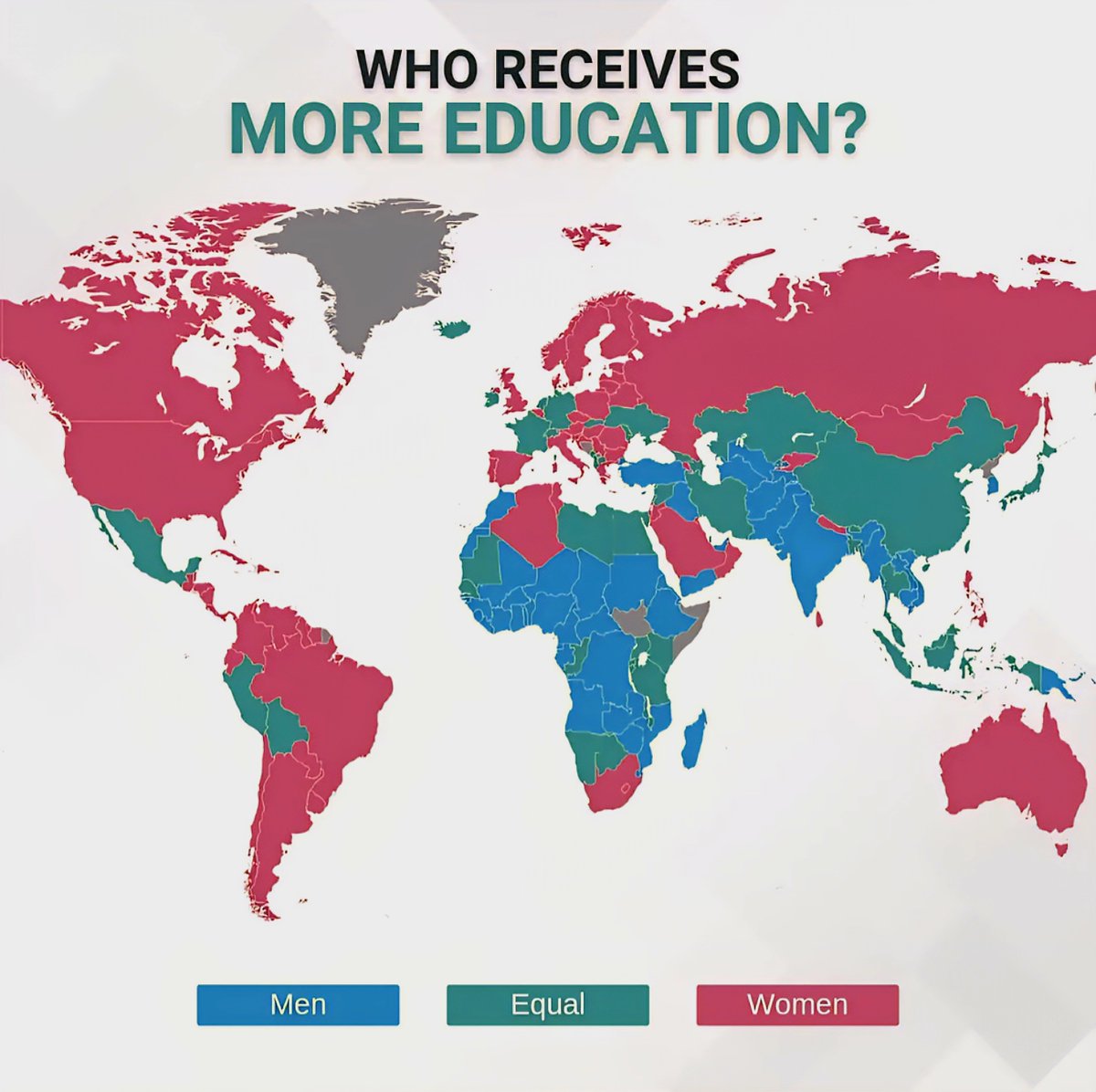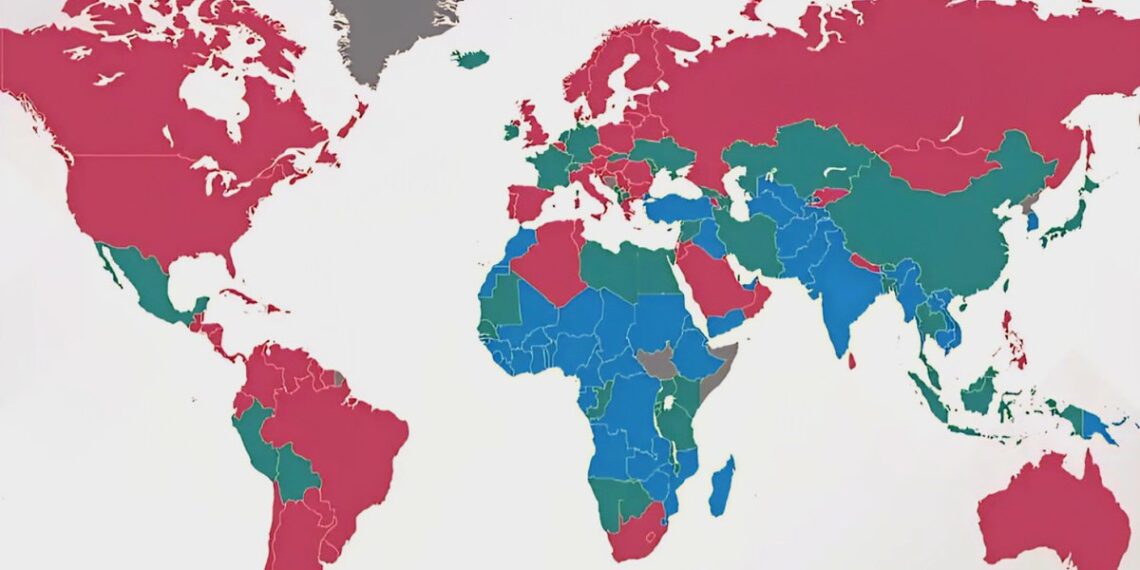Select Language:
The Global Education Divide: Men vs Women in 2025

1. Disparities in Higher Education Enrollment Rates
Despite progress over the past decades, women still trail behind men in higher education enrollment in many parts of the world. Particularly in regions like South Asia and parts of Sub-Saharan Africa, men dominate university attendance by a significant margin. Conversely, in North America and parts of Europe, women are now surpassing men, contributing to a shifting landscape of gender representation in tertiary education. This trend highlights ongoing cultural, economic, and policy influences that either facilitate or hinder women’s access to advanced degrees.
2. Vocational and Technical Education Gaps
While technical and vocational training programs have traditionally been male-dominated, the year 2025 marks a turning point, with increasing numbers of women enrolling in these fields. Nevertheless, the gap remains prominent in certain sectors such as engineering and information technology. Societies still grapple with stereotypes that discourage women from pursuing careers in STEM (Science, Technology, Engineering, and Mathematics). Countries investing in targeted outreach and scholarship programs are beginning to see a more balanced gender participation.
3. Literacy Rates and Educational Attainment
Global literacy rates illustrate stark differences: women in low-income countries still face significant barriers to basic education. The UNESCO report 2025 indicates that while global literacy for women has improved to 87%, it remains as low as 55% in some parts of West Africa. Conversely, literacy rates for men are generally higher globally, underscoring persistent gender inequalities rooted in access and cultural norms. Boosting literacy among women and girls remains a critical goal for policymakers aiming for universal education.
4. Impact of Socioeconomic Factors on Education Access
Economic hardship often disproportionately affects girls’ education, especially in impoverished regions. Families facing financial constraints tend to prioritize boys’ schooling, perpetuating cycles of poverty and limited opportunities for women. Additionally, conflict zones and displaced populations witness higher dropout rates among girls due to safety concerns and lack of educational facilities. Governments and NGOs are emphasizing cash transfer programs, safe learning centers, and community engagement to mitigate these disparities.
5. Influence of Cultural Norms and Traditional Roles
Cultural expectations continue to shape educational choices across many countries. In areas where traditional gender roles are deeply ingrained, girls are often expected to manage household chores or early marriage, curtailing their educational pursuits. On the other hand, some societies encourage female education, which correlates with higher socio-economic development. Advocacy for gender-sensitive curricula and community awareness campaigns play a pivotal role in reshaping perceptions.
6. Policy Measures Promoting Gender Equality in Education
Policymakers worldwide are implementing strategies to close the gender gap, including affirmative action, scholarship programs, and school infrastructure improvements for girls. Countries like Rwanda and Nepal have seen remarkable progress through policies mandating free primary education for girls and eliminating school fees. Additionally, efforts to increase female teachers and role models are fostering environments where girls feel more empowered to pursue their education ambitions.
7. The Role of Technology in Bridging the Education Divide
Digital learning solutions are opening new pathways for women and girls to access education in remote and underserved areas. In 2025, initiatives like mobile learning apps, online courses, and virtual mentorship programs are making education more accessible and flexible, especially for women facing societal restrictions. These tech-driven changes are vital components of any long-term strategy to achieve gender parity in education.
8. Future Outlook: Toward Gender Parity in Education
While significant gaps remain, the global community’s focus on gender equality is yielding measurable results. The Sustainable Development Goal 4 aims to ensure inclusive and equitable quality education for all by 2030, emphasizing gender parity. Continued investment, culturally sensitive policies, and innovative approaches are essential to keep advancing this cause. As societal attitudes evolve, the 2025 data indicates a promising trend toward a more balanced and equitable education landscape worldwide.
Note: The above picture visually illustrates the contrasting levels of educational participation between men and women across different regions, emphasizing the ongoing global challenge of gender disparity.






